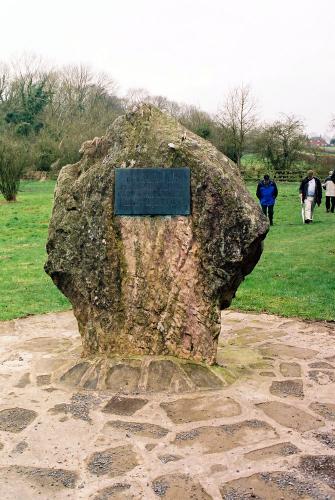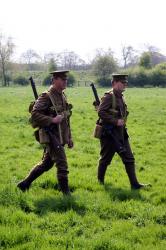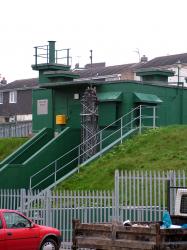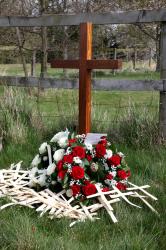Translate this Page
Anniversaries for today :
Welcome to Clash of Steel!
[ About us ]
[ Contribute a battle ]
[ Contribute a review ]
[ Contribute a reenactment group ]
[ Contact us ]
Featured battle : Talavera
Part of The French Revolutionary and Napoleonic Wars
Date : 27 July 1809 - 29 July 1809
Famous victory over King Joseph Bonaparte's French troops, by Sir Arthur Wellesley, later Duke of Wellington. It was for this victory that he was created Viscount Wellington of Talavera. The British held a small ridge overlooking the plain and the initial French attacks were launched piecemeal against this front. Frontal attacks continued through the night and next day. On the morning of the 29th the arrival of the British Light Brigade [having marched 42 miles in 26 hours] hastened the French dis-engagement and withdrawal.
Featured image :
Bosworth, King Richard's Monument

A monument on the Bosworth Battlefield placed to commemorate the fall of King Richard III during the battle. Although it indicates that it is placed on the spot where he fell, current research indicates that the actual site of the battle was some miles from this site.
Gallery updated : 2022-04-04 08:33:43
Featured review :
Napoleon in 100 Objects
Gareth Glover
What a fascinating approach to the life and times of Napoleon Bonaparte. Proclamations, furniture, cannons, hats, frocks and so much more are all illustrated and written about. Gareth Glover gives us the story of each of the hundred objects in their context and in doing so writes a brief broad brush history of the Napoleonic period. Every item is dealt with individually but the whole is structured roughly in the correct chronological order. Every item has two or three pages which makes this book easy to pick up at odd moments for a ‘little read’ but be warned it is easier to pick up than to put down. One reads one section then sees the picture of the next item so one reads on and ten minutes soon becomes half an hour.
This is a high quality publication; the photographs are beautifully presented. Although I am not keen on black print on some rather dark pages the overall effect lends an antique feel to the book.
There is one surprising omission in that there isn’t any acknowledgement of where the objects and paintings are now. It would be nice to know on the off chance that one could visit the place.
This book will appeal to a wide range of readers and we recommend it highly.
Frontline Books, 2019
Reviewed : 2020-04-10 13:02:36






